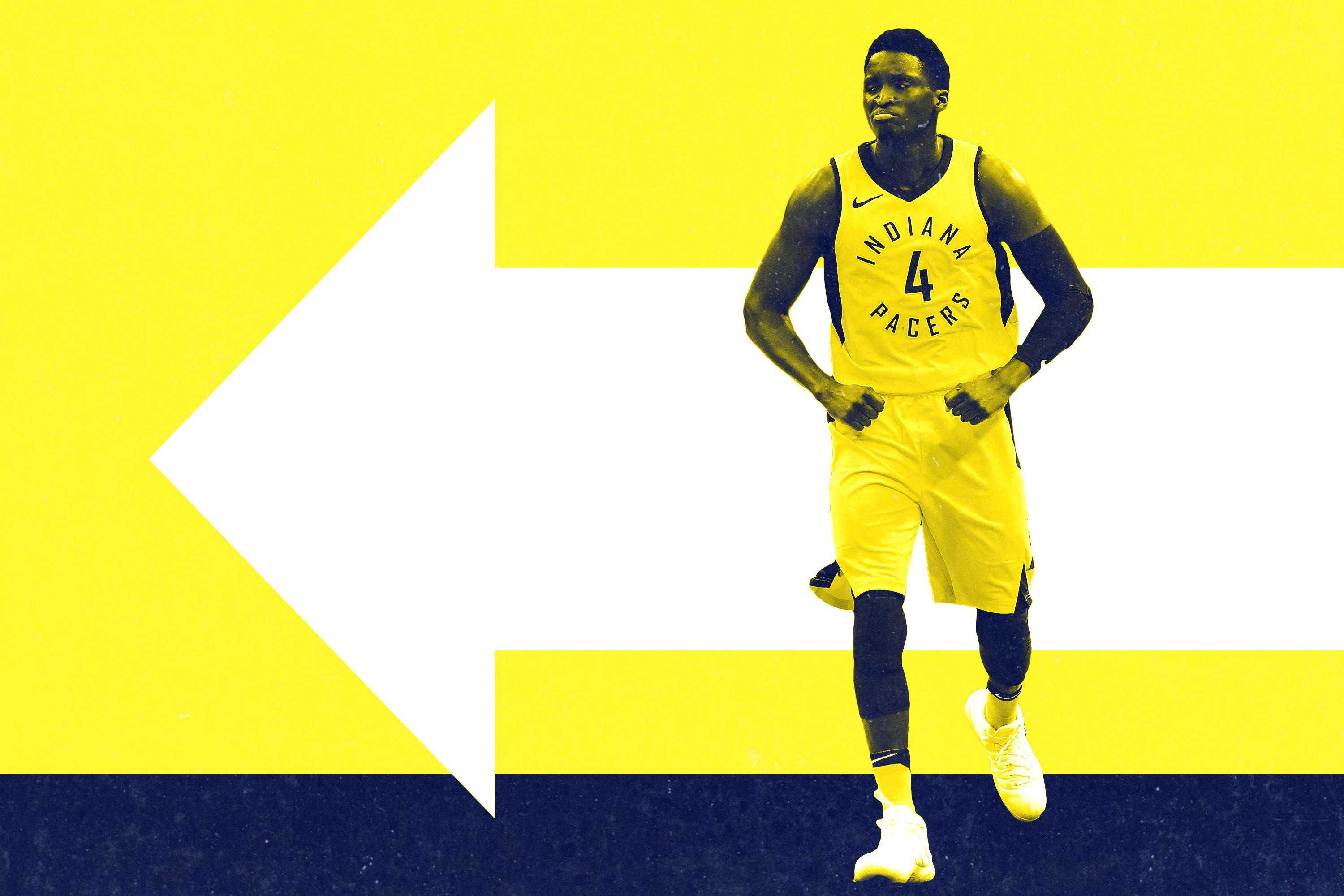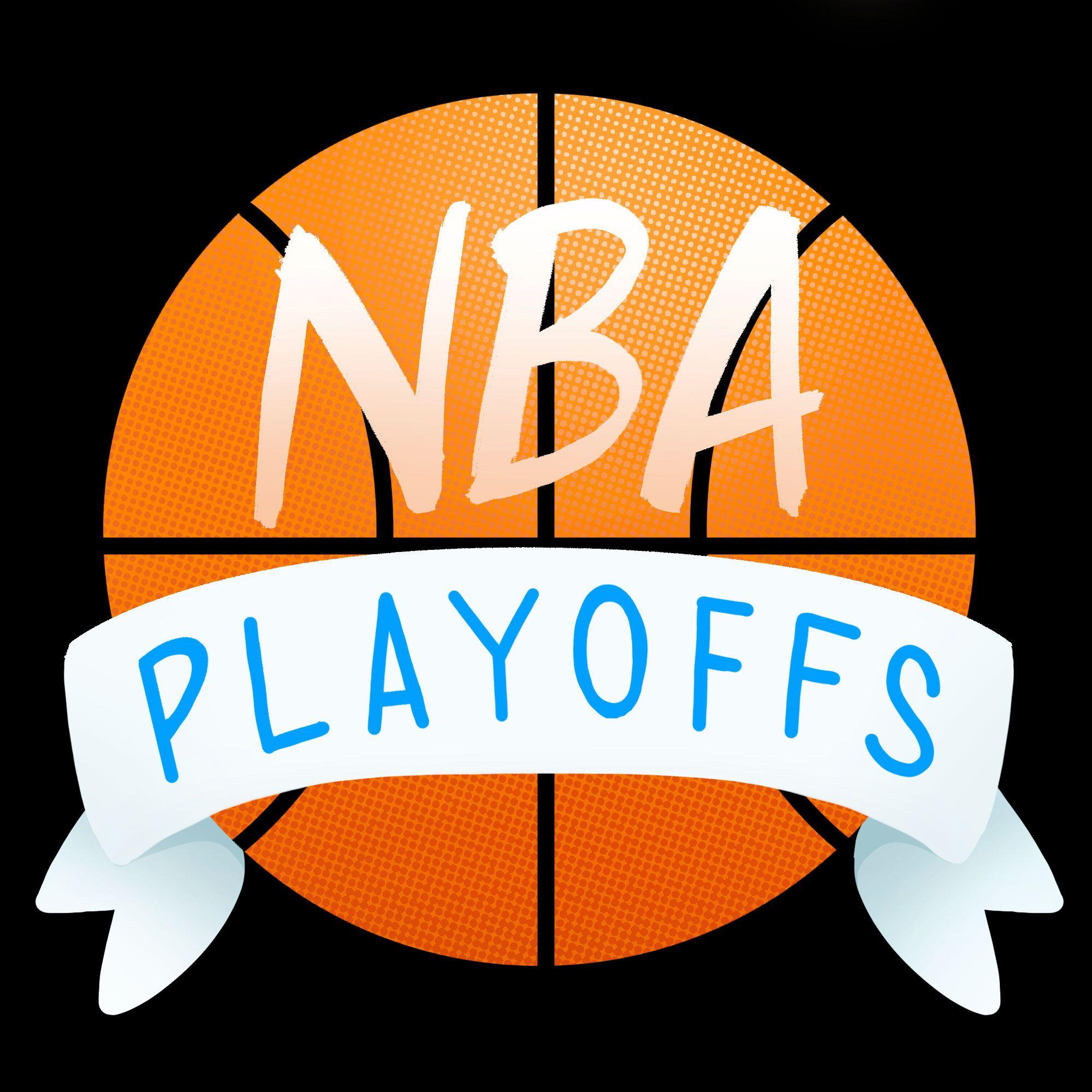
Count me among those who owe Pacers general manager Kevin Pritchard an apology. After he traded Paul George to the Thunder for Victor Oladipo and Domantas Sabonis, basketball Twitter threw the kind of fit it typically reserves for videos of Markelle Fultz at the free throw line. Sure, Indiana lost in the first round to a team of LeBron James and four placeholders, but the Pacers also weren’t supposed to be in the playoffs in the first place. Instead, they pushed James to the brink of elimination in Round 1—a rarity in his 15-year career—before ultimately bowing out with a 105-101 loss in Game 7.
Oladipo spent last offseason like it was a seven-month-long Hoosiers training montage. In December, Kevin O’Connor detailed his strict diet, obsessive workouts, and mentorship under Dwyane Wade, and the 25-year-old point guard hasn’t slowed down since. He’s a lock for the Most Improved Player award. To some, he deserves more than that. After graduating Indiana University five years ago, Oladipo returned to the state a savior. But he alone won’t take the Pacers above Eastern Conference competitors like the Sixers and Celtics in the years to come. Here are three questions facing the team this offseason:
What Is Myles Turner to the Pacers Going Forward?
Part of the reason Turner faded into the background this season is injuries (a concussion and a strained elbow) and their lingering effects. Another is being planted next to Oladipo. As Jonathan Tjarks pointed out this week, “Turner had to fit into a more limited role around [Oladipo]. His usage rate (20.0) is practically identical to his rate from last season (19.5).”
The tiny bump in opportunity is far from what was expected with George gone, especially given the numbers Turner ended 2016-17 with. The only other player to average at least 14 points, seven rebounds, and two blocks and shoot 30 percent or higher from distance that season was Joel Embiid. Turner is up to 35.7 percent from behind the arc now, but averaged the same number of touches as the season before. Four Pacers are above in him that respect.
Turner’s anticipated breakout was tabled. Tjarks wrote that the “future of the franchise depends on his development,” and considering the average age of the other four starters is 28, and Turner’s upside, it does ride on the 22-year-old.
Turner is eligible for an extension this fall. Pritchard has the choice of paying him like a cornerstone player then, or waiting for the restricted free-agent market to set Turner’s price in the summer of 2019.
What’s This Summer Look Like for Indiana?
Quite green! The Pacers are sneaky-stacked with spending money, with only about $40 million in guaranteed contracts next season. Before the trade deadline, Adrian Wojnarowski reported that Indiana was “aggressive” in offering to take on a bad contract in exchange for a first-round pick. It can create even more room for a cumbersome deal this summer: Both Lance Stephenson ($4.4 million) and Joe Young ($1.6 million) have team options that the Pacers can decline, while Darren Collison ($10 million), Bojan Bogdanovic ($10.5 million), and—do I really need to add him?—Al Jefferson ($10 million) are all on partially guaranteed deals.
Cory Joseph ($7.9 million) and Thaddeus Young ($13.8 million) both have player options for 2018-19. Young, who will be 30 when free agency opens, might be inclined to opt out and search for more guaranteed contract years. On one hand, the timing is good. Young is coming off a solid season in which his team got more exposure than expected, and he showcased his defensive potential in the first round against the Cavs. Then again, most of the teams with money will be rebuilding and probably aren’t looking to spend it on a veteran forward set to make nearly $14 million. Joseph will also be hard-pressed to find better money in free agency. Even with the two opting in, the Pacers will have plenty in the piggy bank.
What’s the Next Step?
In Game 5, Oladipo’s stat line returned to its form from his season in Oklahoma City. He struggled shooting against the Cavs’ trapping. He mostly settled for long jumpers, and scored on just one of the six attempts he took at the rim. It was the third straight game in the series that Oladipo shot under 40 percent from deep, and twice under 15 percent in that time. (Don’t ever say Russell Westbrook never taught him anything.) When coach Nate McMillan was asked about getting Oladipo more help for those off-games, he said that “as an organization, we’ll do some things to help the situation later.”
The Pacers are out of the playoffs, so it is later. Earning the 5-seed this season is a good selling point for potential free agents this summer, as is having a frontline player like Dipo. But Indiana isn’t typically a destination for players. What the franchise can do is build from the draft up—it owns all of its first-rounders, and the willingness it demonstrated in February to take on dumped contracts indicates that the front office isn’t in any rush. No matter which direction it goes this summer, maybe we should take a few months before Twitter-dunking on Pritchard.
